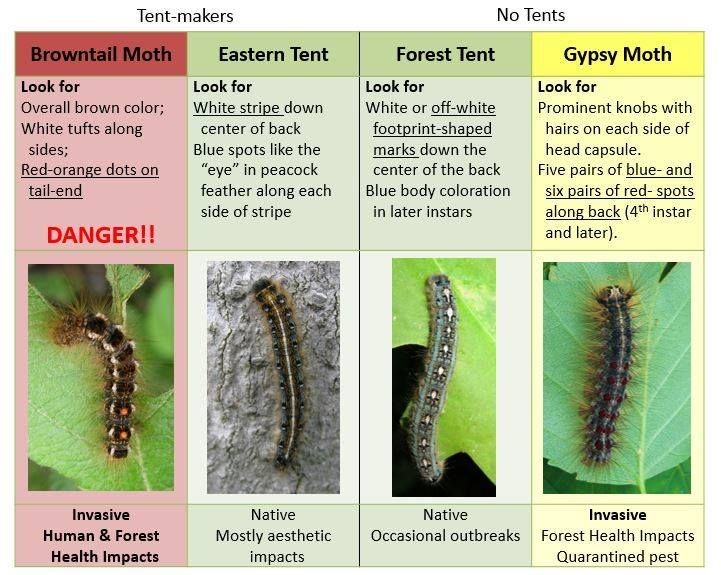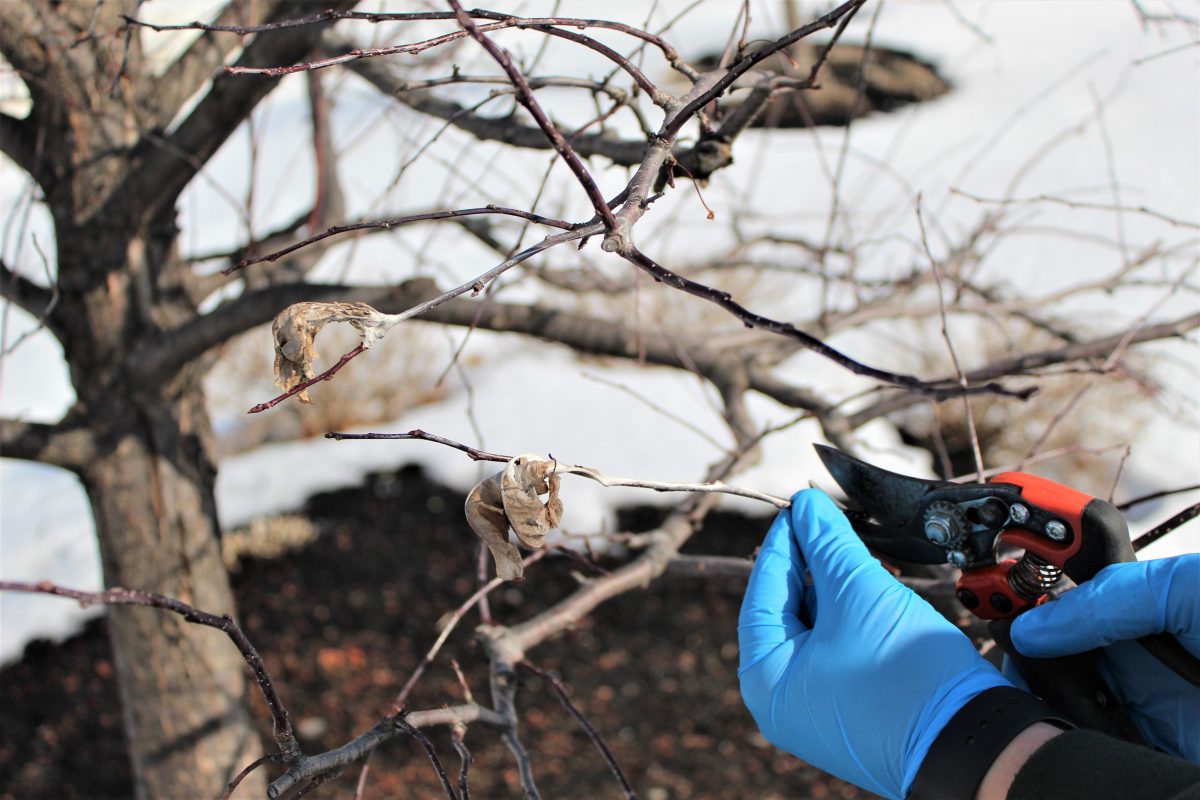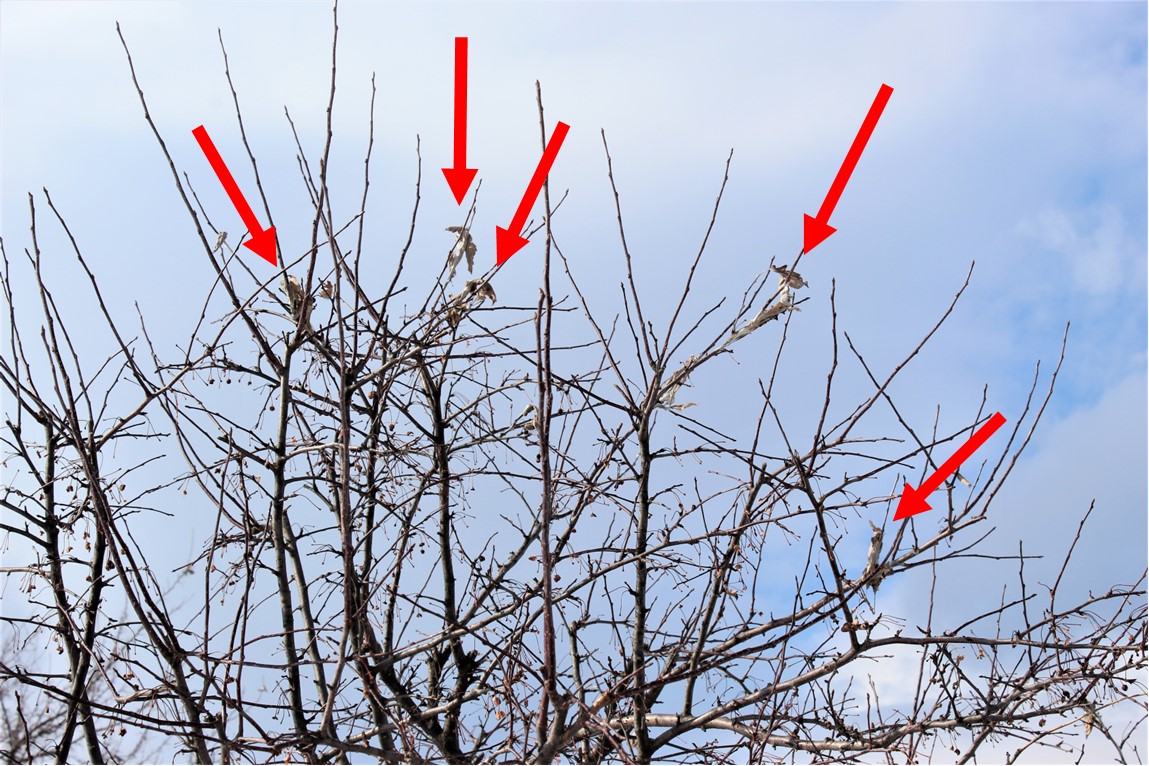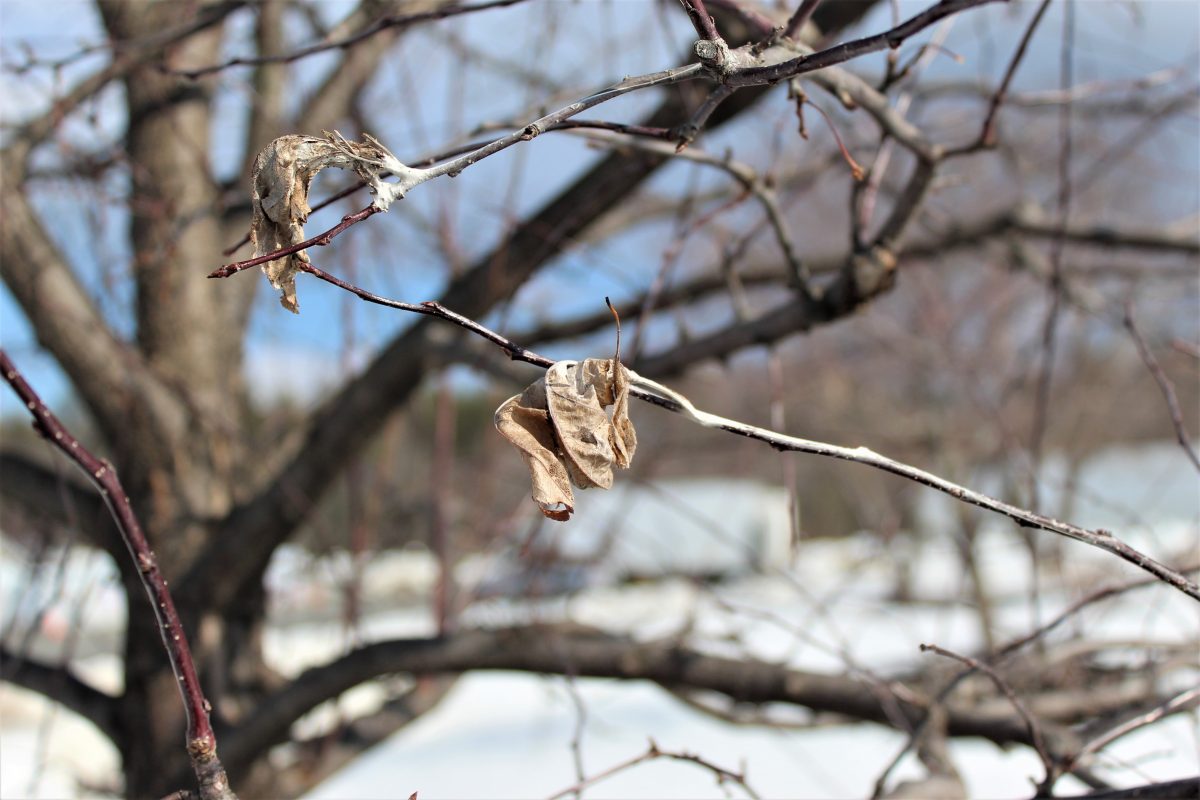Longfellow's Blog
Browntail Moth
GARDEN PESTS | BROWNTAIL MOTH
Longfellow’s Greenhouses Nursery
February 27th, 2021
Enjoying the gardening season is something that so many of us look forward to coming out of a long, cold winter each year. When most of us think about getting out there once spring comes, there’s no way we can avoid thinking about the endless number of pests just waiting to try to ruin our gardening experience. One pest seems to have become a much more prominent problem over the last few years, especially here in south-central Maine. This particular pest is more than just a nuisance to our plants and the natural forests around us. It can also be bothersome to us physically, causing irritation and severe skin rashes if we come in contact with it, or more specifically with any of its hairs that have been shed from these caterpillars over the last few spring/summer seasons.
Can you guess which pest we’re talking about? If you guessed the Browntail Moth, you are correct. Across nearly every one of the coastal New England states, the Browntail moth is becoming an increasing problem for gardeners, landscapers, woodlot owners, and homeowners alike, especially in localized regions along the mid-coast of Maine down into Southeastern New England.
Areas in Maine Where Browntail Moth Were Prominent in 2020:
2020_Browntail_Moth_Detection_Survey (1)
Contrary to what one would believe because of its name, this pest isn’t much a problem when it is in the moth stage of its lifecycle. Other than being unsightly when it congregates in large ‘swarms’ around light sources at nighttime, in moth form this pest is rather harmless. It is the young caterpillar stage that is of concern to us. The caterpillars feed off a wide variety of garden and forest plants; common favorites include Oak, apple, crabapple, cherry, hawthorn, serviceberry, and rugosa roses, to name a few.
Identifying the Browntail Moth Caterpillar

Image Courtesy of Maine.gov
Look for a dark brown caterpillar with a broken white stripe on each side and two conspicuous red spots on the back. They grow to 1.5” in length. When they first emerge from their winter webs, they are much smaller but still have the two red dots which are very distinct on their backs. They feed voraciously and grow to full size within a couple weeks after initial emergence from their winter webs.
Life Cycle of the Browntail Moth
- These insects exhibit one generation in a year’s timeframe and have four life stages; egg, larval, pupal, and adult.
- Larval stage (caterpillars) lasts from August through to the following spring.
- In the spring, as soon as the plant leaf buds start to open, the caterpillars become active and leave their overwintering webs to feed on tender new leaves. They can and will defoliate large stands of trees and shrubs. Generally speaking, this defoliation, while stunting to the particular plants’ overall health and growth that year, will not permanently harm the specimen. Permanent damage can occur if defoliation happens numerous years in a row however. In some cases, after the caterpillars stop feeding in early to mid-summer, the plant may try to re-foliate.
- The caterpillars will then form cocoons between leaves and on pretty much any structure within crawling distance.
- The adult moths then emerge from cocoons in late July and early August, laying an orangish-brown sac of eggs on the underside of leaves.
- Caterpillars will then emerge from these eggs in mid to late August and feed on the upper side of the leaves of host plants.
- In the fall, colonies of caterpillars build winter webs on the tips of branches. The webs are made from leaves tightly wrapped with white silk. The caterpillars will overwinter in these webs in almost a hibernating state until warmer weather and new leaf growth arrives the following spring, and the cycle then starts over again.
Winter Web Formations
As noted above, the caterpillars build winter webs on the tips of branches, and are made of leaves tightly wrapped with white silk. In order to control Browntail moth outbreaks in the following year, it is best to safely remove the winter webs from the trees by clipping the webs out during the late winter (February and March). Wear gloves when removing webs and properly dispose of the webs by submerging in soapy water or by burning them. This is the most effective way in removing this pest from an area, but may not always be feasible in scenarios such as when the webs are much too high to get to by hand. Reach out to a local licensed arborist or pesticide applicator in order to receive advice and other methods of treatment against these pests.
Cutting Out Browntail Moth Winter Webs

Browntail Moth Winter Webs Near the Tips of Branches/Crown of Tree

Leaves Curled Closed with Silk for Overwinter Egg Protection

Precautions
It is best to try to just avoid places with heavy infestations of these caterpillars. The tiny hairs on the caterpillars are shed and are toxic, causing the severe skin rashes that we’ve all heard about (and some have already experienced). The hairs will fall into the leaf litter below host plants, and will even stay toxic for up to 2 years after falling from the caterpillars. This means that hairs shed this coming spring could still be irritating and cause severe rashes next year if they get stirred up (from raking, mowing, etc.).
How to Avoid Being Affected by These Pests
Be vigilant and keep an eye out for defoliation in late spring of your oak and fruit trees. More importantly though, you can look now to see if you see any winter webs at the tips of the branches and remove them as soon as possible (late winter) before temperatures warm and the caterpillars begin to emerge to feed on growing leaves.
If you do have an outbreak, be sure to wear long sleeves, pants, and gloves when doing yardwork in areas where these pests are present. Although this pest will eat many different plants, if you avoid planting its favorite host species, you are less likely to see severe infestations. However, with the abundance of native red oak trees throughout our landscape here in southern and central Maine, it is hard to fully avoid a run-in with this pest. Your best defense is to be aware of your surroundings and know what you are looking for so that you can avoid any issues down the road.
With all of these things in mind, you will have a successful gardening season that you can truly enjoy as long as you take the proper steps to be vigilant about the Browntail Moth in any of its life stages. Like so many other pests that we are familiar with, if we do our part in monitoring for them, we can avoid most of the problems that they can bring upon their arrival into a particular area. We want everyone to have a fun and successful gardening season, and are here to help should any questions arise about this or any other pest problems you may be seeing in your yard. Give us a call or stop by our greenhouses and we’d be glad to help you try to resolve them!
Think spring, and happy gardening!
Longfellow’s Nursery
Images and some background information in this article courtesy of the Maine Department of Agriculture, Conservation, and Forestry

